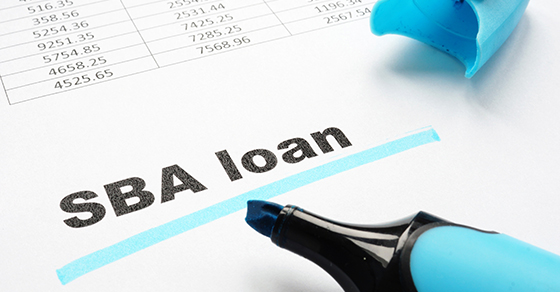The following article is a high-level overview of the tax credits available under the CARES and FFCRA Acts.


The following article is a high-level overview of the tax credits available under the CARES and FFCRA Acts.

The Families First Coronavirus Response Act (FFCRA) signed on March 18, 2020, made unprecedented expansions to paid sick and family (childcare) leave provisions in light of the challenges for the American workforce due to COVID-19. The expansions to paid sick and family leave cover employers with up to 500 employees, and tax credits are available for up to 100% of qualifying wages paid. Eligible employers are granted a grace period by the DOL to come into compliance with the Act as long as employers act reasonably and in good faith during the grace period.

The distribution of economic impact payments is expected to begin in the next three weeks and be available throughout the rest of 2020. With so much news circulating, it can be difficult to keep tabs on the latest updates. We also recognize it can be challenging to separate the legitimate updates from speculation. Below we have put together a summary of what we know so far about the economic impact payments.

To aid individuals during this time of economic uncertainty, the CARES Act has a few provisions that change some of the rules for retirement plan distribution rules, allowing qualified individuals access to their retirement funds. Below we have summarized what you need to know about retirement plan relief under the CARES Act.

The President signed the latest COVID-19 relief bill on March 27: The Coronavirus Aid, Relief, and Economic Security (CARES) Act. The bill brings with it several elements of relief for businesses, employees and families, in an effort to maintain livelihoods throughout the crisis and after. The expected cost of the bill is nearly $2 trillion and includes nearly $500 billion for in economic distress relief for businesses, states and municipalities.

The IRS has announced that employers required to provide emergency paid sick leave and emergency paid family and medical leave under the Families First Coronavirus Response Act (the Act) can begin taking advantage of two new refundable payroll tax credits. Equivalent credits are available to self-employed individuals based on similar circumstances.

The COVID-19 virus has made fast, drastic changes to how we live and work. State-mandated business closures are creating challenges and generating many questions on how to preserve business continuity during this period. On March 18, 2020, President Trump signed the Families First Coronavirus Response Act (FFCRA), which takes effect on April 2. The bill expanded paid sick leave and unemployment benefits, impacting employees and employers, among other provisions.

Qualified small businesses are now eligible for up to $2 million in Economic Injury Disaster Loans from the Small Business Administration (SBA) after President Trump called for an additional $50 billion in funding to the SBA’s lending program from Congress in response to COVID-19. While the SBA waits for the $50 billion to be approved, they can deliver an Economic Injury Disaster Loan declaration in response to the Coronavirus Preparedness and Response Supplemental Appropriations Act recently signed by the president.

The Families First Coronavirus Response Act (FFCRA), passed by Congress and signed by President Trump on March 18, 2020, will become law 15 days after the signing. FFCRA provides benefits such as paid sick leave, free coronavirus testing, expanded food assistance and unemployment benefits, and requires that employers provide additional safeguards for health care workers. For many, it provides welcome support as employers and employees deal with the extraordinary effects of COVID-19 on the workforce and economy.